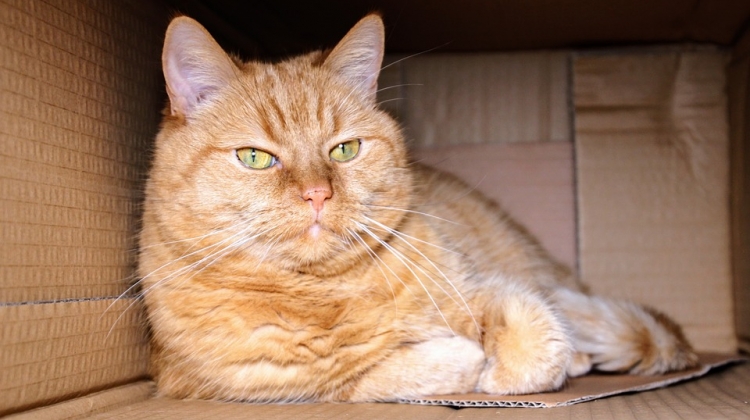Roberta
Tue 6 February 2018
0
Moving to a new house is a very important event in a person's life, but it is even more so in the life of a cat.
Until not many years ago there was the conviction that a cat was bound only to the house and not to people, obviously this vision is wrong in many respects, but hides a small truth: the territory for a cat is a fundamental aspect of its existence. In its territory Kitty feels safe, has access to all its primary resources, it's a protected place where it can relax and sleep in peace, it is the place where the cat can satisfy its needs and live peacefully. A sudden change of territory, therefore, always puts the cat in a position of high stress, and it is necessary to follow some tricks to ensure that the experience is as little traumatic as possible.
First of all, let's remember that a cat lives in a world of smells that we can not even imagine. It is through the smells that it recognizes a place as familiar and it is always through the smell that it searches for information about the space in which it is located. As a consequence of this, it will be essential, when we change house, to bring with us as many things as possible with the smell of the old house and especially all the objects that belong to the cat. Often a move seems to us the perfect opportunity to throw away that old scratching post all worn out or to change the old bowls with beautiful new bowls, but in reality there is no worse time to do it! A cat that, in addition to finding itself in an unknown territory, also loses all its olfactory reference points on its primary resources will be a severely anguished cat and it will cope very badly with the change.
A good technique is to pass a cloth with the smell of kitty on all the furniture and new objects, to help him feel a little more familiar and a bit less scared.
Then, there is the matter of space: we humans can not wait to experience the whole new house, every room, every space available, but for the cat to be suddenly in a very large and unknown space can be a source of anxiety. It would be better initially to let him familiarise himself with only a part of the house and then gradually give him time to settle down and discover the rest of the rooms available a little at a time. The time necessary for a cat to get used to a new home varies enormously from cat to cat, they are unique individuals exactly like us and therefore each have their own character and their own times to adapt to change.
In the event that the new house has the possibility of living outside, it is of fundamental importance not to let the cat come out as soon as they arrive: the cat must have time (at least a few days) to learn to recognize the new house as his new territory of reference, it must first settle down and restore the order of its resources and its habits, and only when the interior of the house has become a safe and familiar place, then it will be possible to let it explore the outside.
To let the cat go out in the garden as soon as it has moved in means to escalate the very high risk that Kitty will start to try and go back to his old territory. Or he may be frightened by noises he does not know, with the high probability that he will face risks for his safety in an unknown territory without yet having any secure point of reference to return to what humans call "home" already, but that for him is still a foreign territory and often experienced as hostile.
When we change homes and take our cats with us, remember that they are not little humans, they have a way of life and perceive experiences in a completely different way from ours. It is therefore important to ensure doing things the right way for them, in respect of those species-specific differences that make man's cohabitation with other animals so beautiful and unique.
FISAP CAB Roberta Roscini
ICAN Feline Behaviourist (Consultant)


Add new comment